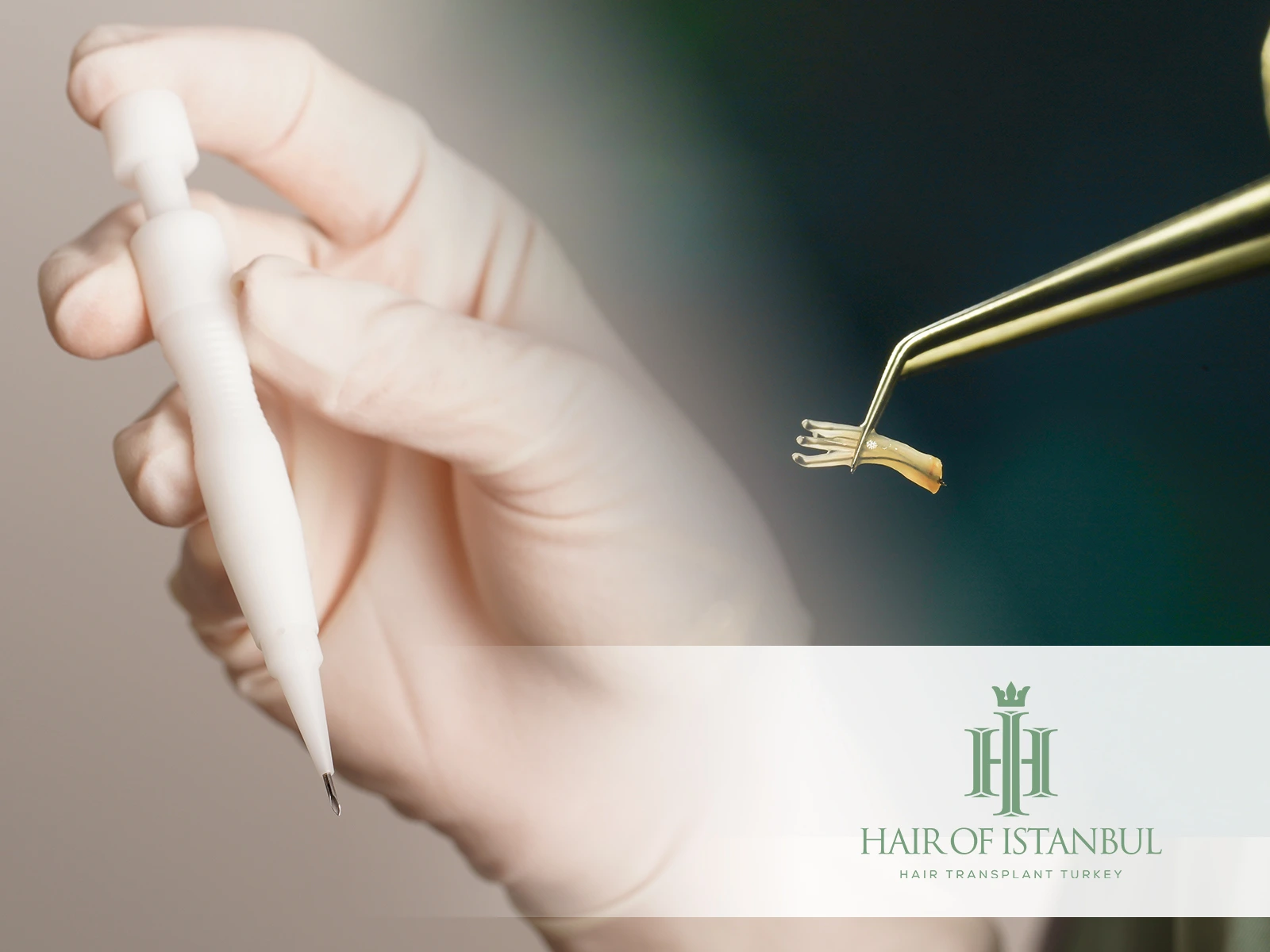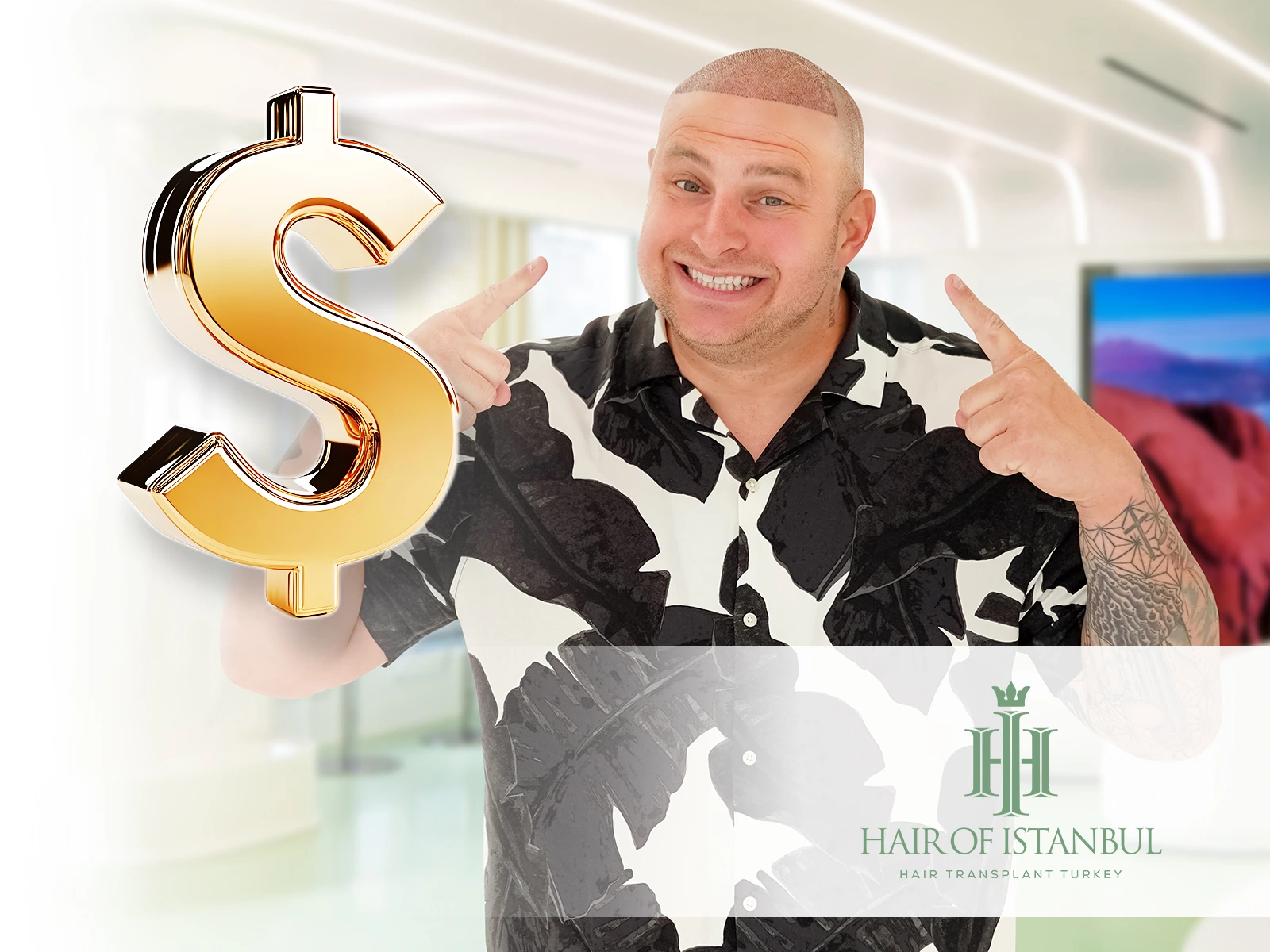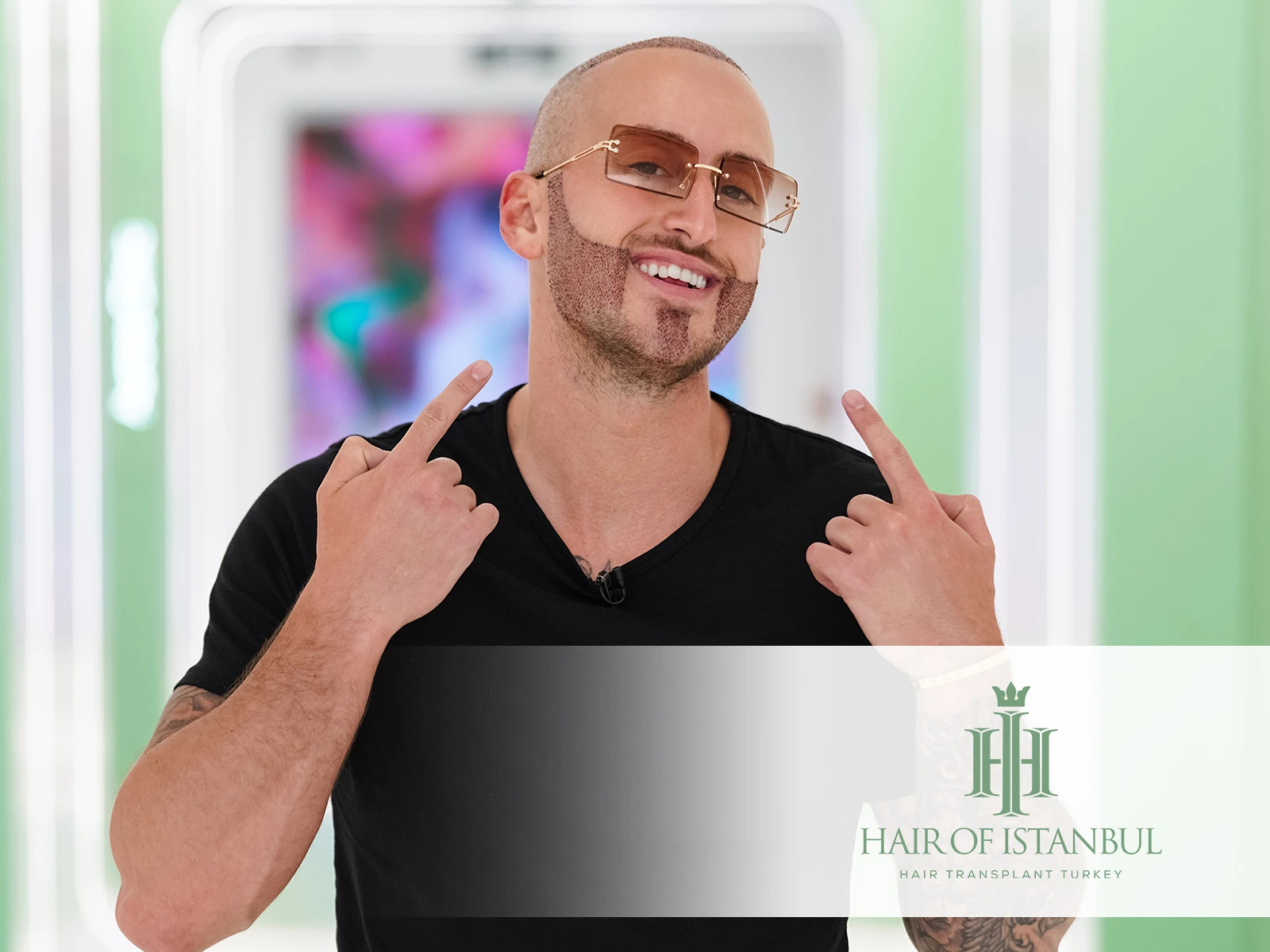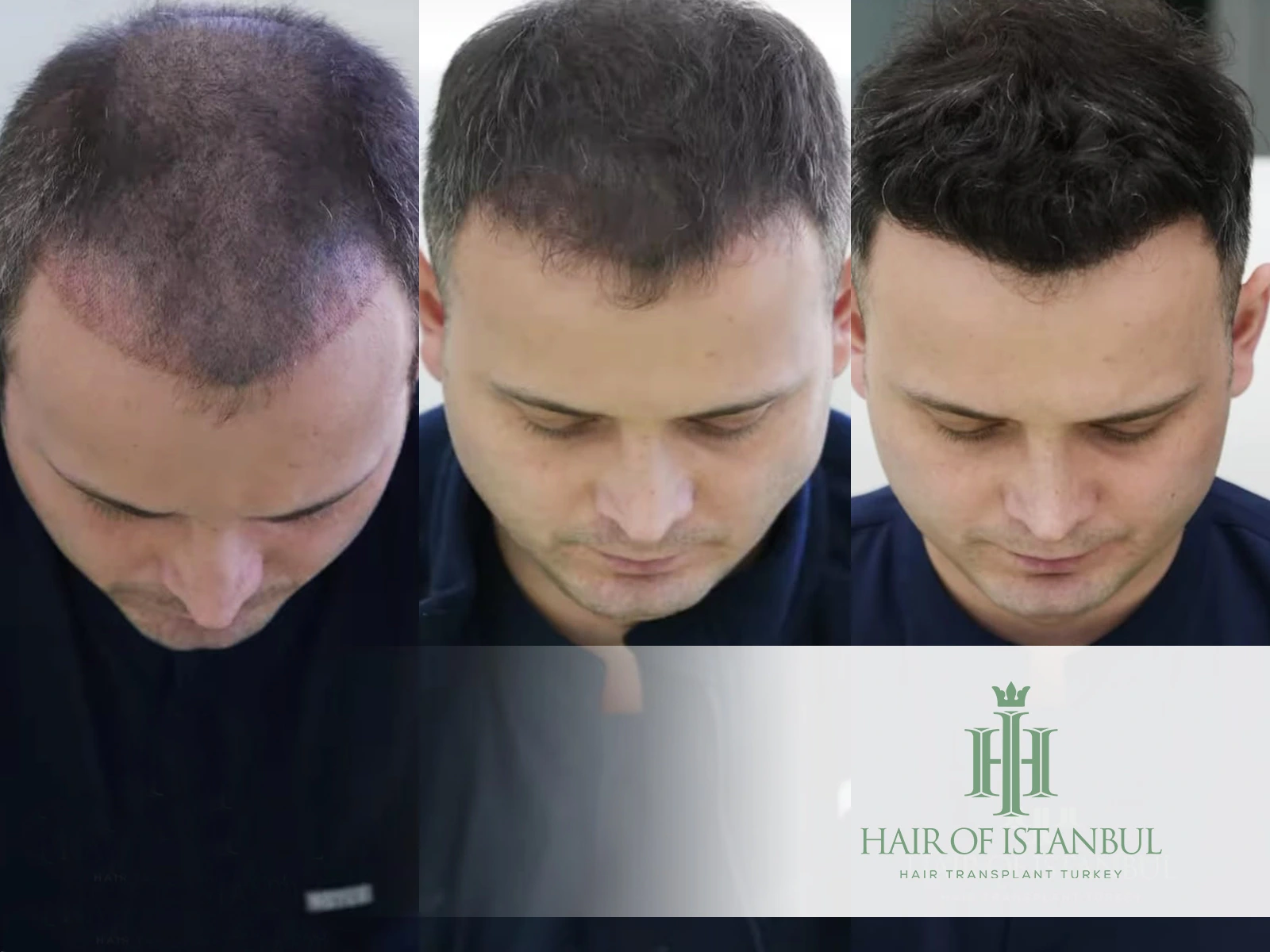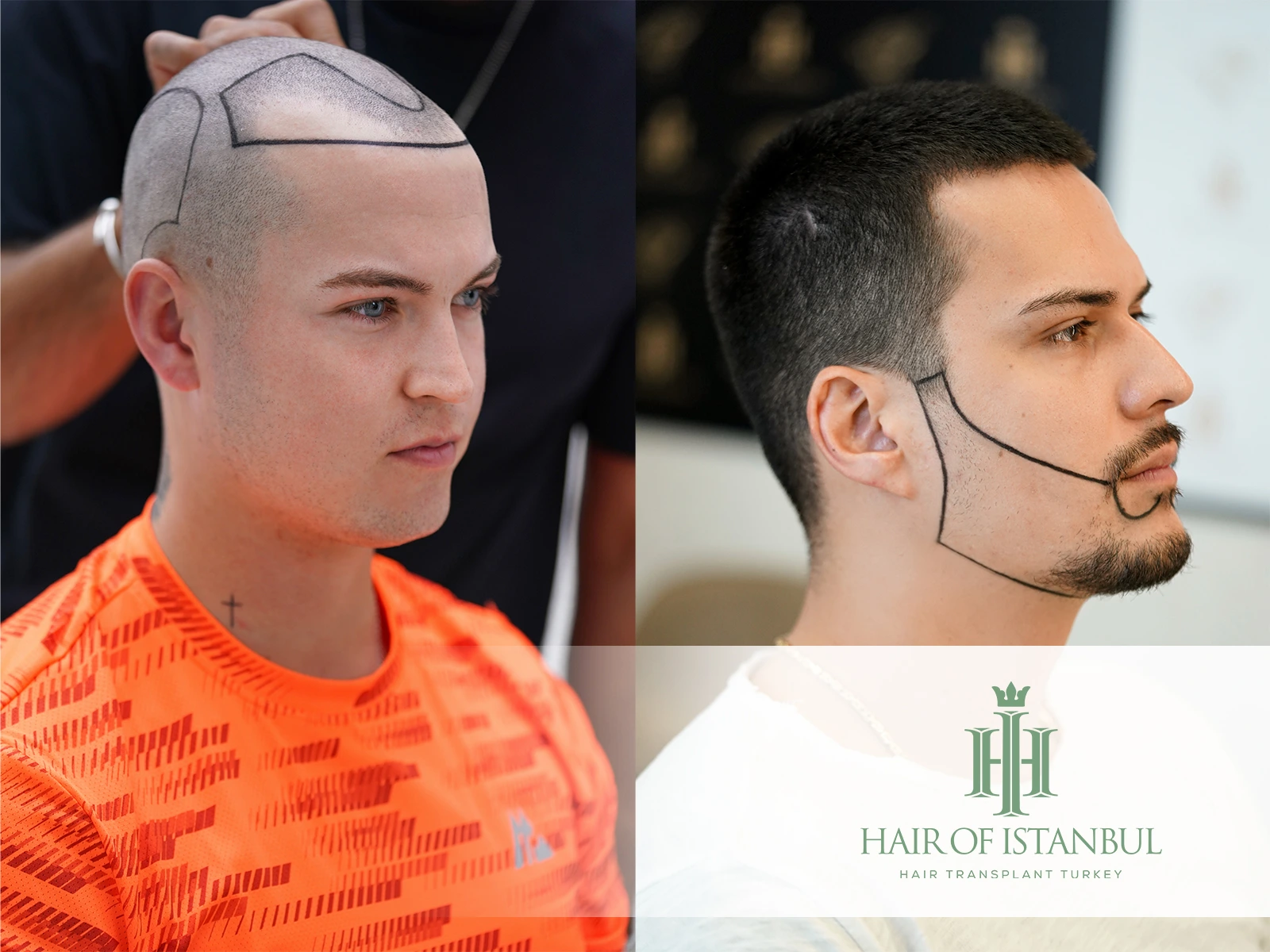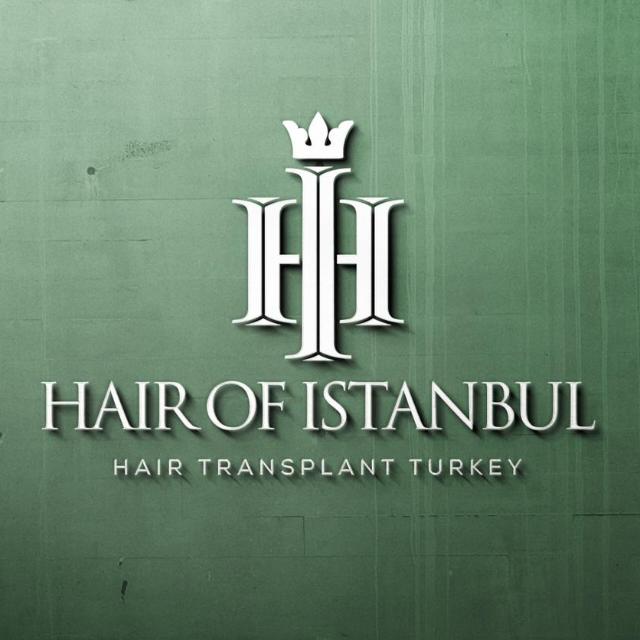When Can I Exercise After Hair Transplant? Learn the Right Time!
Navigating the journey to recovery after a hair transplant requires patience and precise care, especially when it comes to reintroducing physical activity into your routine.
Knowing the optimal moment to lace up those sneakers and head back to the gym or the track is not just a matter of comfort but a crucial step in ensuring your new grafts take root successfully.
This guide is dedicated to shedding light on this critical phase of post-transplant care, offering clear insights and practical advice to seamlessly blend your fitness goals with the healing process, ensuring the best outcome for your newly transplanted hair.
Why Can’t You Exercise After Hair Transplant?
Post-operative care after a hair transplant demands avoiding strenuous physical activities. Engaging in such activities can compromise the delicate healing process. The initial days post-surgery are critical; ensuring a calm and stress-free environment for the scalp is paramount. [1]
This restraint aids in maintaining optimal conditions for the newly transplanted follicles to settle and thrive, paving the way for successful hair growth. It’s advised to prioritize rest and gentle care during this period to support a smooth recovery and secure the desired outcome of the procedure.
What Are The Risks Of Exercising After A Hair Transplant Too Soon?
Jumping into physical activities too soon after a hair transplant can introduce a series of risks, jeopardizing the healing process and the overall success of the surgery. [2]
| Excessive Sweating | This can disrupt the scalp environment, leading to bacterial infections and hampering the healing process. |
| Straining | Elevates blood pressure, potentially causing bleeding, additional trauma, and the risk of graft loss. |
| Suture Damage | Stretching or strenuous movements can damage the surgical area, leading to suture rupture, bleeding, and scarring. |
| Increased Infection Risk | Sweat and open pores may lead to bacterial growth, increasing the likelihood of infections in the transplanted area. |
| Head Injury from Contact Sports | Intense physical activities, especially contact sports, can lead to head injuries, jeopardizing the implanted hair follicles and the overall success of the transplant. |
Also Read: Tubes Hair Transplant: Unveiling Peter Dale’s Hair Journey
What Is Not Allowed After Hair Transplant?
After a hair transplant, it’s essential to avoid certain activities that can risk the health of the transplant area and impede the healing process. Here’s a focused list of activities to steer clear of and the associated risks they present to your recovery: [3]
| Strenuous Exercise | Can cause sweating, increased scalp tension, and potential dislodgement of grafts. |
| Swimming | Risk of infection from water contaminants and chemical exposure. |
| Alcohol Consumption | Impairs healing and can interact negatively with medications. |
| Smoking | Reduces blood flow, impairing the delivery of nutrients necessary for healing. |
| Exposure to Sauna or High Heat | May lead to excessive sweating and increased risk of infection. |
| Physical Work or Stressful Job | Physical strain and stress can negatively impact the healing area. |
| Intense Yoga or Similar Activities | Movements causing significant head inversion or shaking may jeopardize graft stability. |
*It’s recommended to avoid these activities and consult your healthcare provider for a safe timeline to resume exercise post-transplant.
Also Read: Tory Lanez Hair Transplant: A Closer Look at the Change
When Can You Start Exercising Again?
Resuming exercise after a hair transplant requires careful timing to protect the healing grafts and ensure optimal results. Typically, engaging in any strenuous activity is not recommended until at least four weeks post-surgery, allowing time for the grafts to properly heal. [4]
The type of surgery undergone—FUE or FUT—also influences the recovery timeline, with FUE patients potentially resuming light exercises a bit earlier. However, the first few days should be dedicated solely to rest, avoiding any form of physical exertion.
It’s important to remember that healing varies per individual, so the exact timeline for reintroducing exercise should be personalized based on your doctor’s assessment and guidance.
Light Exercise
| Walking | 1 week post-operation | Start with short, gentle walks. |
| Yoga | 2 weeks post-operation | Avoid poses that strain the neck or require inversion. |
| Light Stretching | 2 weeks post-operation | Gentle movements, avoid stressing the scalp. |
Heavy Exercise
| Cardio Workouts | 4 weeks post-operation | Start gradually, monitor for any discomfort. |
| Weight Lifting | 4 weeks post-operation | Avoid heavy weights initially, focus on form. |
| Swimming | 4 weeks post-operation | Ensure the chlorinated water won’t irritate the scalp. |
| Contact Sports | 4 weeks post-operation | Wear protective gear to minimize the risk of injury. |
| High-Intensity Yoga | 4 weeks post-operation | Monitor body’s response, avoid aggressive poses. |
Also Read: Ben Stokes Hair Transplant: Cricket Star’s Renewal
FAQ
Why can’t you lean forward after hair transplant?
In the initial 48 hours post-hair transplant, it’s crucial to avoid bending or lifting any weights to minimize the risk of bleeding or excessive swelling.
Keeping your head and upper body elevated, especially while sleeping, helps maintain optimal blood flow and reduces the chances of complications, ensuring a smoother recovery process.
Is walking bad after a hair transplant?
Walking is generally safe to commence about a week after a hair transplant, offering a way to stay active without exerting undue stress on the body or the transplant area during the crucial first month of recovery.
Can I go to the gym 10 days after hair transplant?
While the scalp typically heals within 10-14 days after a hair transplant, it’s advisable to resume gym activities cautiously, starting with lighter routines than usual and gradually intensifying them, ensuring that the transition back to more strenuous workouts like weightlifting does not compromise the healing process.
Also Read: Wayne Rooney’s Hair Transplant: The Story Behind His New Look!
CONCLUSION
In conclusion, understanding the appropriate timeline to reintroduce exercise after a hair transplant is a pivotal part of the journey towards achieving the best possible outcomes for your hair restoration.
At Hair of Istanbul, we’re committed to not only providing top-tier transplant procedures but also guiding you through a post-operative care regimen that ensures your results are maintained.
We believe in a holistic approach to recovery, where your wellbeing is the priority, and your activities are carefully balanced with the needs of your healing scalp. Remember, while patience might be required in the short term, the long-term satisfaction of seeing your new hair flourish is well worth the wait.
We’re here to support you every step of the way, ensuring your road to recovery is smooth and your return to an active lifestyle is safe and well-informed.
References:
- [1] Michelle Parekh, Mar 29, 2021 – When to Work Out After Your Hair Transplant – https://wimpoleclinic.com/blog/working-out-after-your-hair-transplant
- [2] New Jersey Hair Restoration Center, Nov 16, 2021 – When Should You Exercise After Having a Hair Transplant? – https://www.njfue.com/blog/when-exercise-hair-transplant
- [3] Fue Clinics, Apr 18, 2022 – Life After Hair Transplant: What Can and Can’t I Do? – https://www.fueclinics.com/blog/life-after-hair-transplant-what-can-and-can-t-i-do/

